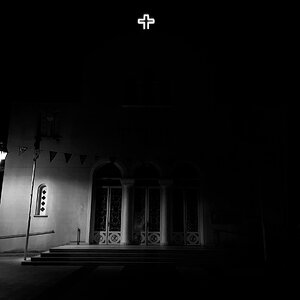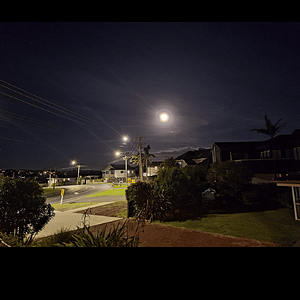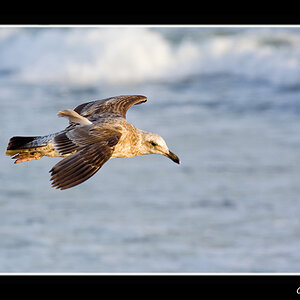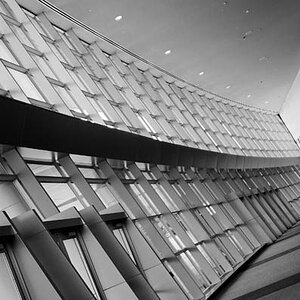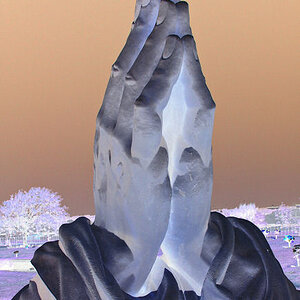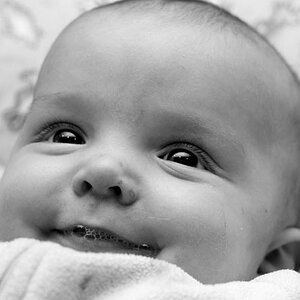amadaras
TPF Noob!
- Joined
- Mar 27, 2014
- Messages
- 2
- Reaction score
- 0
- Location
- Cleveland
- Can others edit my Photos
- Photos NOT OK to edit
New to the forum, so I am not sure if I am posting this in the correct location. Anyways, be kind. 
I am a product photographer for a local company that sells airguns. While most items I can photograph very well, I always struggle with items that have a high contrast in color. We have some guns that are dual tone (black and silver, black and pink, black and green, etc) and I have a hard time finding balance. The blacks are always very black, and the bright colors are always blown out.
I have a very simple setup; two hotlights with umbrellas, and some reflectors. The camera I work with is an old Canon 50D. The tripod is... crap.
While I normally would just use a multiple exposure to expose each area correctly, my tripod is not the most stable and will move between shots (more than just a little bit), making multiple exposures next to impossible.
Any tips or tricks to help me out?
Thanks!
I am a product photographer for a local company that sells airguns. While most items I can photograph very well, I always struggle with items that have a high contrast in color. We have some guns that are dual tone (black and silver, black and pink, black and green, etc) and I have a hard time finding balance. The blacks are always very black, and the bright colors are always blown out.
I have a very simple setup; two hotlights with umbrellas, and some reflectors. The camera I work with is an old Canon 50D. The tripod is... crap.
While I normally would just use a multiple exposure to expose each area correctly, my tripod is not the most stable and will move between shots (more than just a little bit), making multiple exposures next to impossible.
Any tips or tricks to help me out?
Thanks!




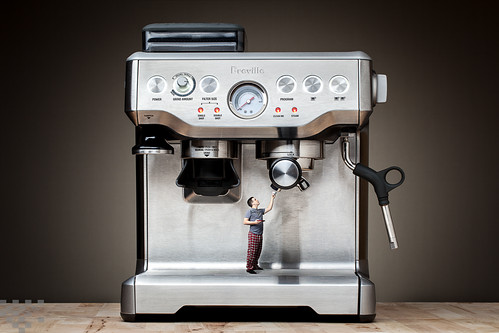





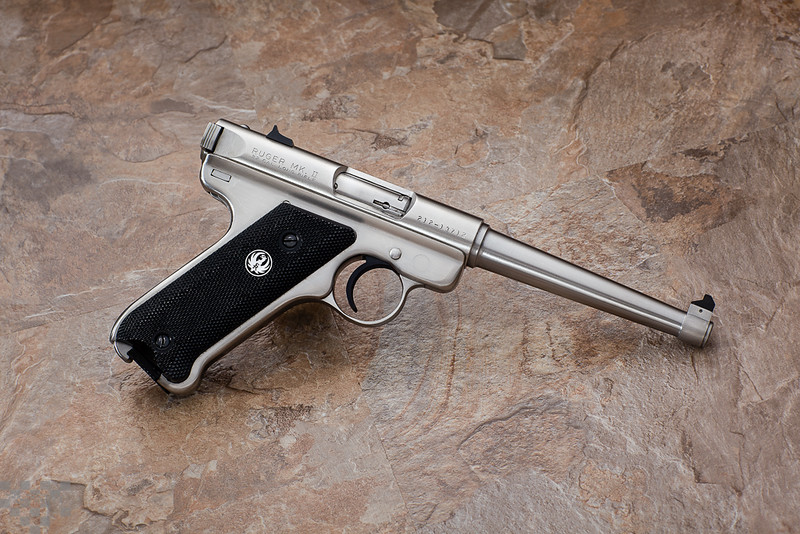
 :
:
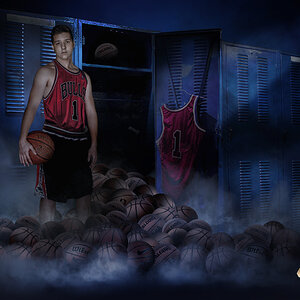

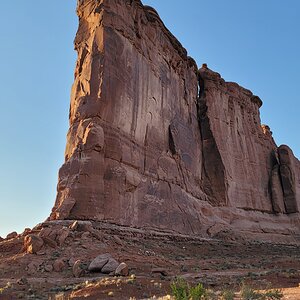
![[No title]](/data/xfmg/thumbnail/41/41780-5efe87aed04575de7c09b065d70763ae.jpg?1619739890)
